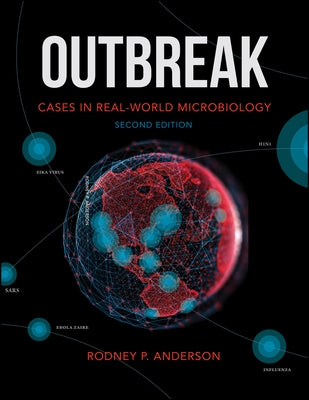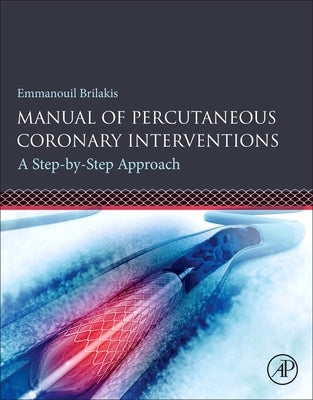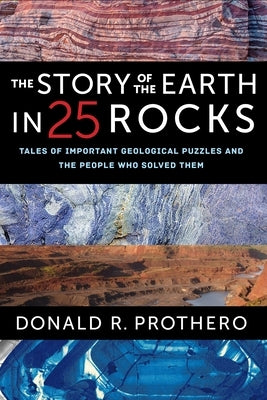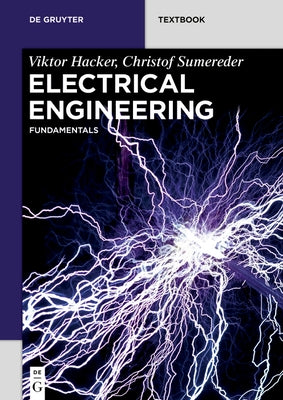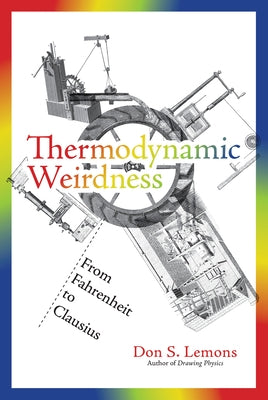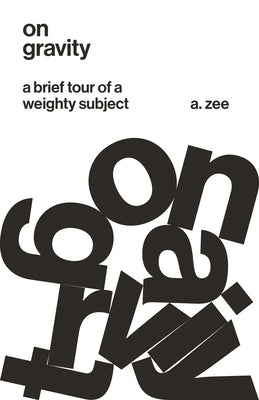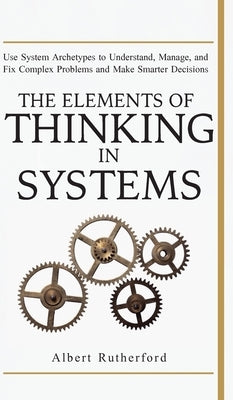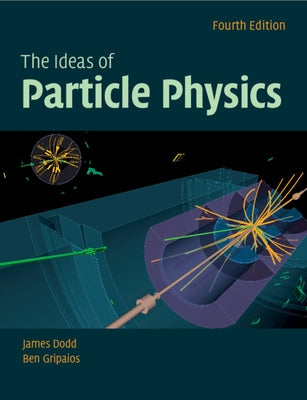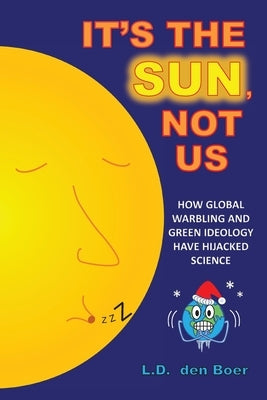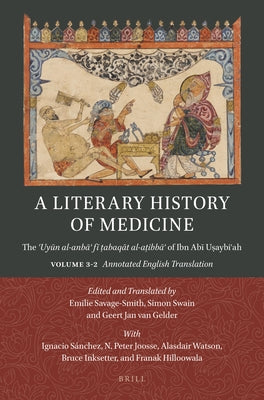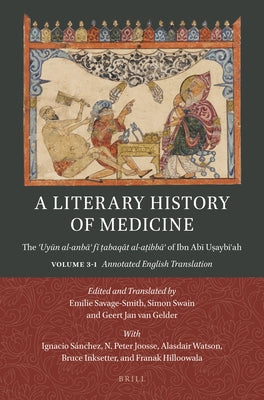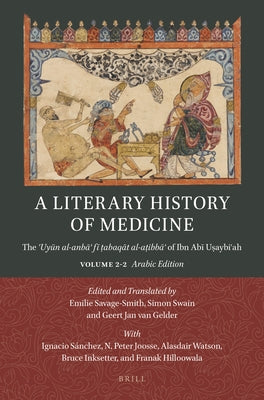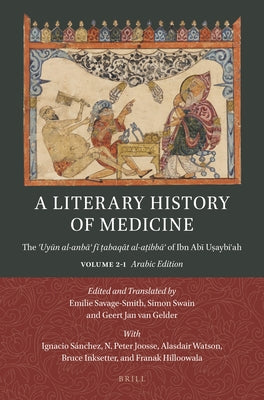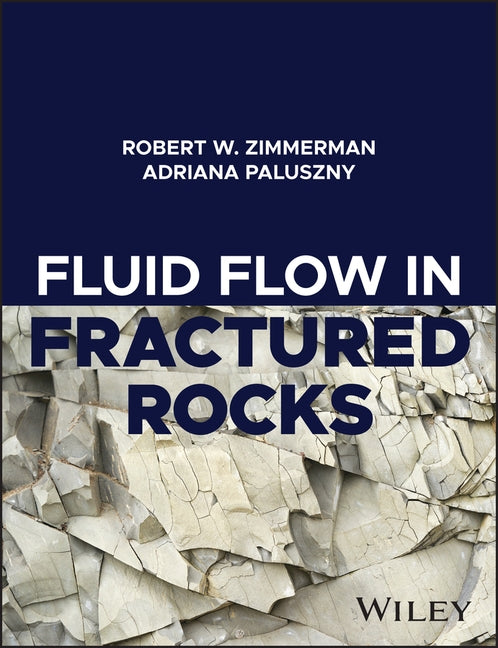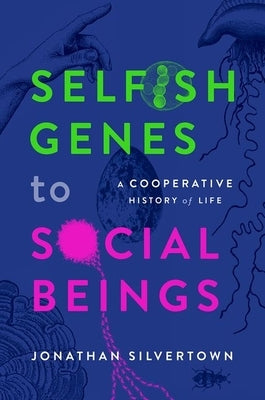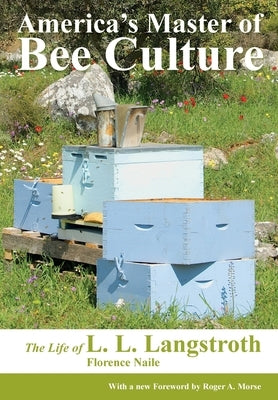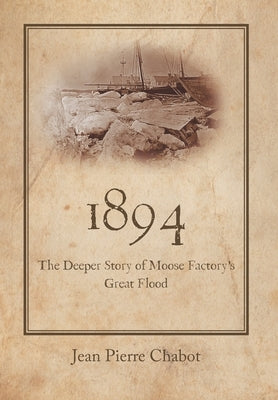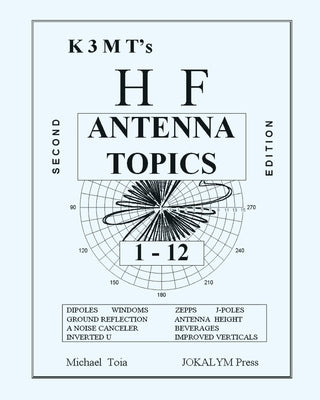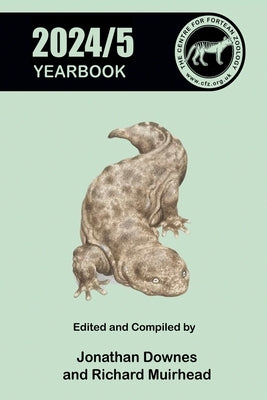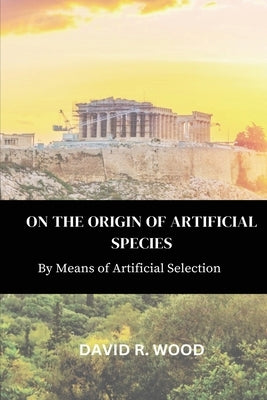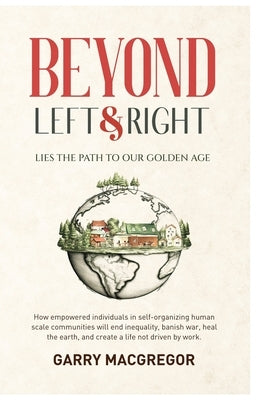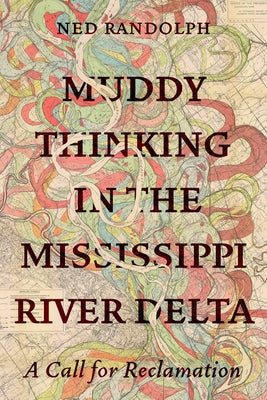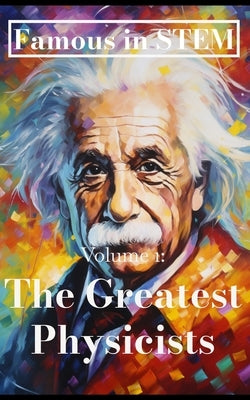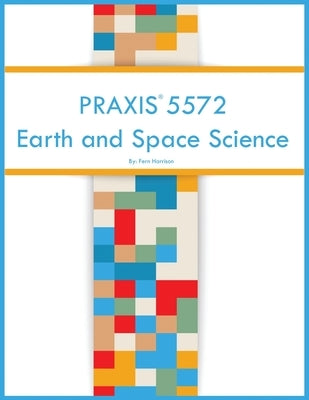Originally published in 1556, Agricola's De ReM etallica was the first book on mining to be based on field research and observation -- what today would be called the "scientific approach." It was therefore the first book to offer detailed technical drawings to illustrate the various specialized techniques of the many branches of mining, and the first to provide a realistic history of mining from antiquity to the mid-sixteenth century. For almost 200 years, Agricola remained the only authoritative work in this area and by modern times it had become one of the most highly respected scientific classics of all time. A book more often referred to in literature on mining and metallurgy than any other, its Latin text prevented it from being as widely used as it might have been.
In 1912, the book was translated by former President Herbert Clark Hoover and his wife. Printed in a limited edition, the work was quickly bought up by book collectors, historians, and medievalists, who had found that there was much to be learned from its pages. The book contains an unprecedented wealth of material on alluvial mining, alchemy, silver refining, smelting, surveying, timbering, nitric acid making, and hundreds of other phases of the medieval art of metallurgy. The text even covers the legal aspects of mining the use of boundary stones, forfeitures of titles, safety requirements of tunnel building in the 1500s, and so on.
But the plates, perhaps more than anything else, have insured Agricola's continued importance. Brilliantly executed drawings, richly detailed, reveal a whole medieval world of machinery, industrial technique, tools, even costume and architecture. All 289 of the original woodcuts are reproduced in this reprint of the 1912 edition, offering students of the period, commercial artists, engineers, metallurgists, and even curious general readers an unforgettable picture of the first age of technology.
About the AuthorA Presidential Classic
The original edition of De Re Metallica (On the Nature of Metals, or Minerals) by Georg Bauer, writing under the Latinized pen name Georgius Agricola, was published in Germany in 1556. Bauer/Agricola had died the previous year, and had in fact completed writing the work several years before that. Publication was delayed, however, until the illustrations that supplement and ornament the work were completed.
De Re Metallica was a comprehensive treatise on the state of the art at the time of mining, refining, and smelting metals. Illustrated with 289 finely crafted woodcut illustrations, it was one of the most beautifully illustrated books produced in the first century of printing, and immediately became one of the landmarks of early scientific and technical printing as well. However, until the early years of the twentieth century, the book was only available in the original Latin version, affordable by only wealthy collectors and institutions, and readable only by those who knew Latin. At this point, the history of De Re Metallica intersects with the life of the 31st President of the United States, Herbert Hoover.
Hoover graduated from Stanford in1895 with a degree in geology and during the years before the start of World War One worked as a mining engineer primarily in Australia and China. Through his professional interest in mining, and with the assistance of his wife (Lou Henry Hoover, a Latin scholar who had studied geology in college), Hoover translated De Re Metallica into English.
In the late 1940s, over a decade after he left the Presidency, Hoover was retired, living in New York's Waldorf Astoria Hotel. Founder and first President of Dover Publications Hayward Cirker wrote to Hoover suggesting that Dover, then less than ten years old and publishers of what could only be described as a modest list of books of scientific interest, would like to reprint the Hoovers' translation of De Re Metallica in a new edition.
Over a period of time, Cirker convinced Hoover to do it. In 1950, the Dover edition came out. On the wall in Dover's Mineola office is a framed letter from President Hoover thanking Hayward Cirker for sending him the Dover edition of De Re Metallica and expressing satisfaction that the venture seemed to be working out well.
Now in its sixty-first year as a Dover book, first in hardcover, now in paperback, Dover's De Re Metallica is now one of the most successful books Dover has ever published.



